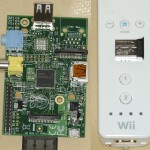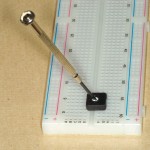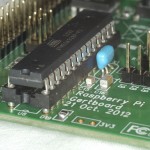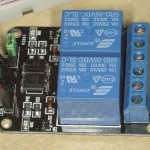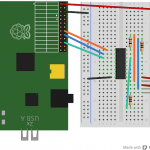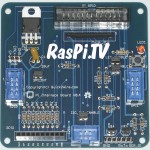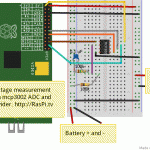
Lithium polymer batteries are light and powerful, but they can’t be run completely flat or they are ruined. I’ve been using them for several years to fly model planes, so I have plenty of them around. I’ve also been using them at Raspberry Jam meetings to power some of my Pi demos. I thought it would be fun to make a circuit so the Pi could monitor its own battery voltage. I used an analog to digital converter (mcp3002) and had the Pi check the battery voltage every minute and shut down when the battery […more…]
